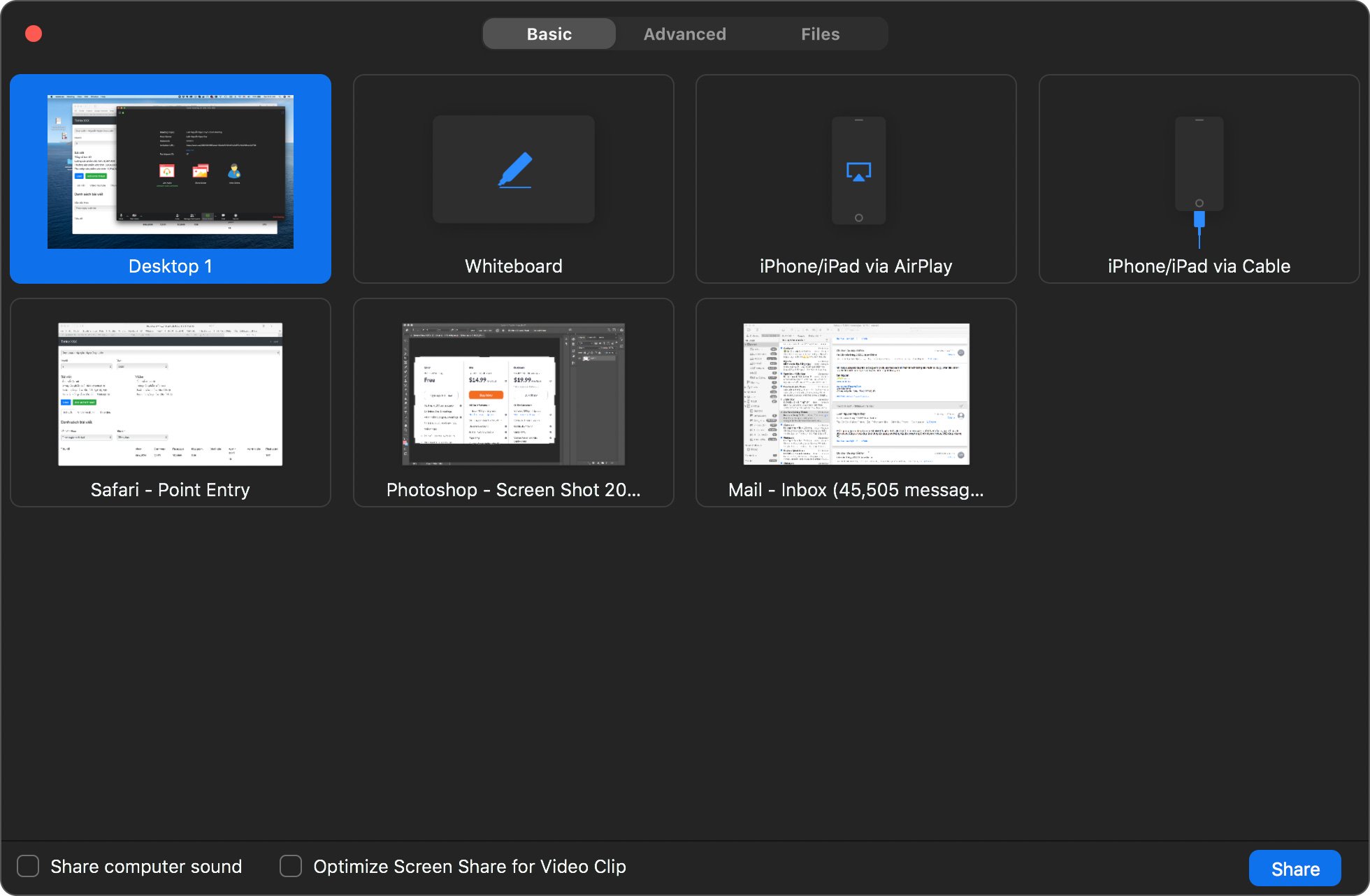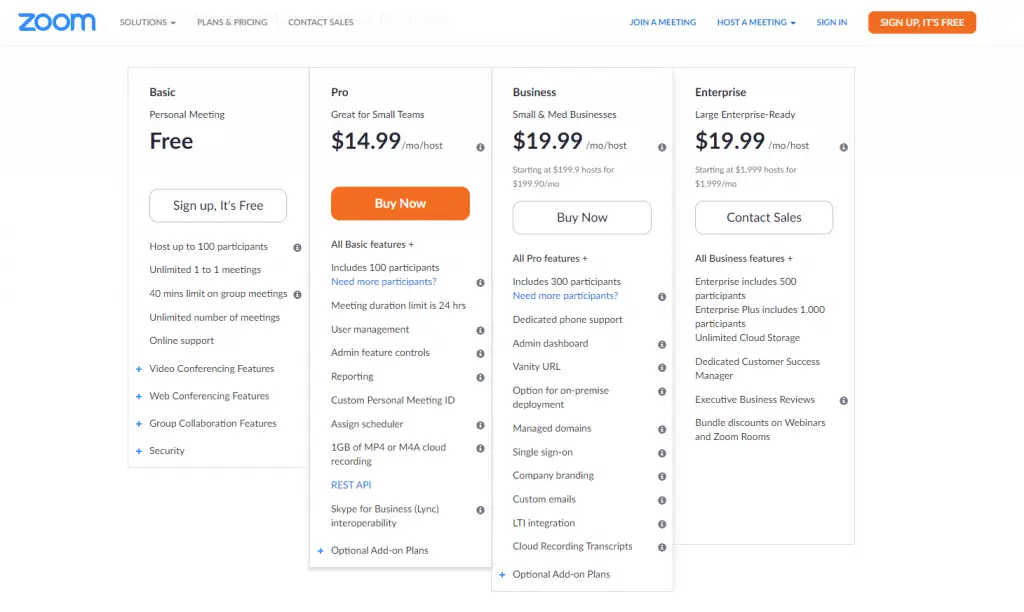
UI: Zoom and google meet have decent UI, but assuming that participants will be using mobiles, they might have a hard time with chatting in zoom as it takes up a lot of space to view all contents. While zoom is pretty lightweight and can support large groups (say about 80) with little to no internet instability. Network requirements: Google meet requires considerably more bandwidth than zoom, and it isn't a great choice if you have poor internet, or if there are more than 25 or 30 participants. But I will try to explain the pros and cons of both according to your needs. If you have decided that Microsoft Teams is a better fit for your purposes, head to our collection of Microsoft Team resources.Google meet, as well as zoom are amazing platforms for online meetings. Teams: Use Wiki pages to create a space for both asynchronous and synchronous collaboration in your class. If you don’t see it, you can enable it in your course settings For bigger classes, you may want to consider breaking up the class into smaller groups. Zoom: We recommend capping Zoom meetings at 50 students.
#SKYPE VS ZOOM FOR TEACHING DOWNLOAD#
Teams: While the meeting is active you can download a report that includes join and leave times for participants while the meeting organiser was present. Zoom: After a meeting you can see a report that shows you which participants joined. Teams: Create interactive polls using Polly app or MS Forms. Zoom: It’s a good idea to create your polls before the meeting so that they’re ready to share. Host can mute all audio from participants and stop their video Zoom: Participants can provide non-verbal feedback via preset buttons E.g., ‘raise hand’, ‘yes’, ‘no’, ‘like’, ‘dislike’. Teams: All non-UTS users get to the waiting room and need to be approved by the organiser. Zoom: Before the meeting begins, you can use this feature for 1on1 consultations. Teams: Use breakout rooms in Microsoft Teams Zoom: Managing participants in Zoom Waiting Rooms and Breakout Rooms Teams: Saves the chat transcript natively in the application. You can enable/disable participants from saving the chat. Zoom: The host can save the chat transcript manually and also set it to auto save for meetings.

Teams: Automated Live captions are being rolled out across the university as of May 2020. Selecting ‘Enable Auto-Transcription’ will enable the option for you. On the Zoom toolbar, you will see an icon that reads ‘CC Live Transcript’. Zoom: Captioning can be done automatically with Zoom Live Captioning and Live Transcription. Teams: The recording is saved to Microsoft Stream and the link is posted in the meeting chat or channel. More information can be found in the Record your Zoom meeting resource. Note: It takes minutes to hours to receive the Zoom recording from Zoom cloud.

The host receives email with a link when the video is available. If a co-host is in a breakout room, they can record the breakout room discussion. When possible, try to select a specific application window to share Microsoft Whiteboard available, however, tool options are limited to drawing only (i.e., suits touch screen devices the best)

Teams: Share files in a chat during the meeting.

Zoom: Screen annotation feature is also available for host and participants This is a brief comparison table of key features available across Teams and Zoom.


 0 kommentar(er)
0 kommentar(er)
